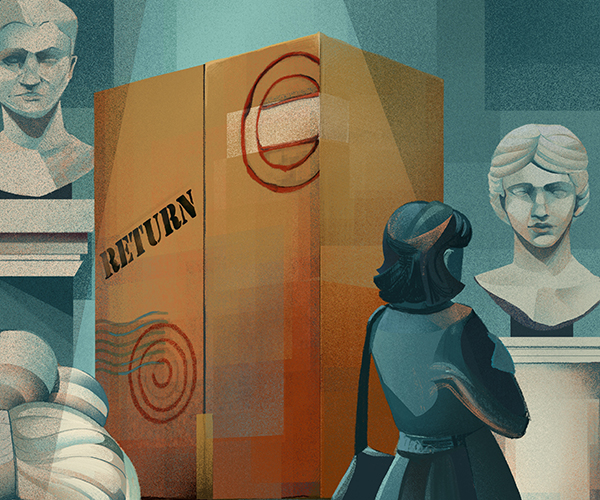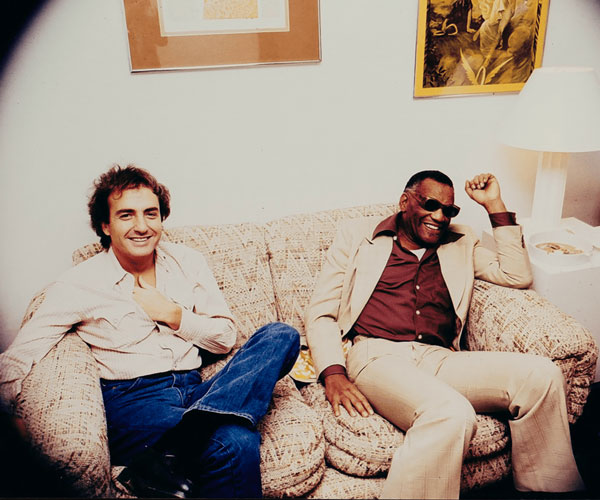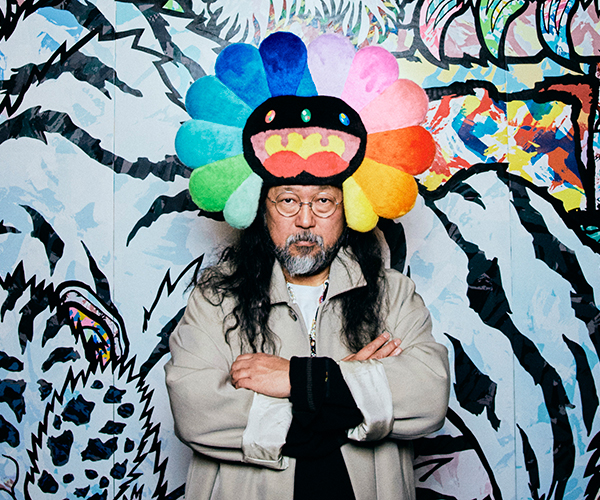Incredibly talented, impeccably dressed and impervious to his critics, Miles Davis created cool.
The jazz trumpeter was also a tormented soul who could find release only in music and, little known to many, painting. The latter came about after he met artist Jo Gelbard while riding an elevator in a New York City apartment building in the mid-•80s. Their initial friendship blossomed into romance as Gelbard, a married mother, taught Davis, who was wedded to actress Cicely Tyson, to paint.
Fifteen to 20 of their collaborative works will be on display at the Two Minds • One Canvas exhibit Oct. 25-Dec. 7 at Cleveland State University's South Gallery.
"In the beginning, his painting was light and whimsical, and he loved colors," Gelbard says. "As he got into it, he used heavier strokes. It came easy for him. He took my lead, just like a jazz musician would."
The pieces they produced shifted in color and mood as time went on, darkening toward the end of his life. In the 1990 painting Blackboard, Davis' "images had become more expressionistic and less delicate, but the palette remained colorful," says Gelbard. While Paris Knight, painted weeks prior to his death in 1991, during a final tour in Paris, "reflects memories of past loves and experiences evoked by the city."
As their relationship deepened, Gelbard got a closer look at Davis' demons. "He grew up in a violent home," she says. "That formed his perspective."
Gelbard chronicled fiery outbursts, such as Davis choking her while she slept, and his battle with diabetes-related issues in a book about their relationship, Miles and Jo: Love Story in Blue (AuthorHouse, $16.95). Gelbard will discuss the tell-all during an Oct. 26 talk and book signing at the gallery show, which is part of the Cleveland Jazz Orchestra's multidimensional Many Faces of Miles Davis series.
The CSU exhibit provides a rare opportunity to view works previously only exhibited overseas in London, Paris and Amsterdam.
"Art was very important to Miles," says Gelbard. "These paintings show his feelings and his fantasies at the end of his life. ... It's almost like a memorial."



